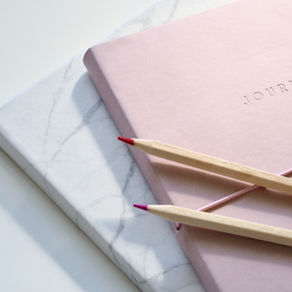While it is true that the BJP -in its tenure as the ruling party- has provided great emphasis on lifting the dismal state of women’s rights in India through programmes such as the Beti Bachao Andolan, little can be said about their effort of increasing women participation in the upcoming elections.
Over the last four years, the Indian masses have been inundated with schemes from the BJP regarding female rights. At the recent 5th National Convention, Prime minister Modi paraded the fact that the female to male sex ratio has improved across India, especially in states like Haryana, and that eighteen crore of the total Jan Dhan bank accounts that his party introduced belong to women. However, running in stark contrast to these seemingly positive changes in India is the recently released list of candidates for the 2019 election. Despite the fact that nearly half of India’s population is female, the BJP has only allocated 47 out of its 407 announced seats to women. In light of recent revelations, it is difficult to assume if the BJP’s policies can stand as a testament to the true nature of the party.
While women representation is disastrously low in the government, according to demographics, female voter turn out will surpass male voter turn out in the 2019 elections. This dichotomy highlights the fact that it is not that the masses are backward or still revelling in the idea of a patriarchy, but that it is the people in power, the government itself that refuses to provide representation to who will be their majority voters.
It is hard to grapple with the fact that, living in the zenith of women right’s campaigns and activists, the central government in India is still unable to work in tandem with a myriad of extremely positive reforms in our society.




































































































